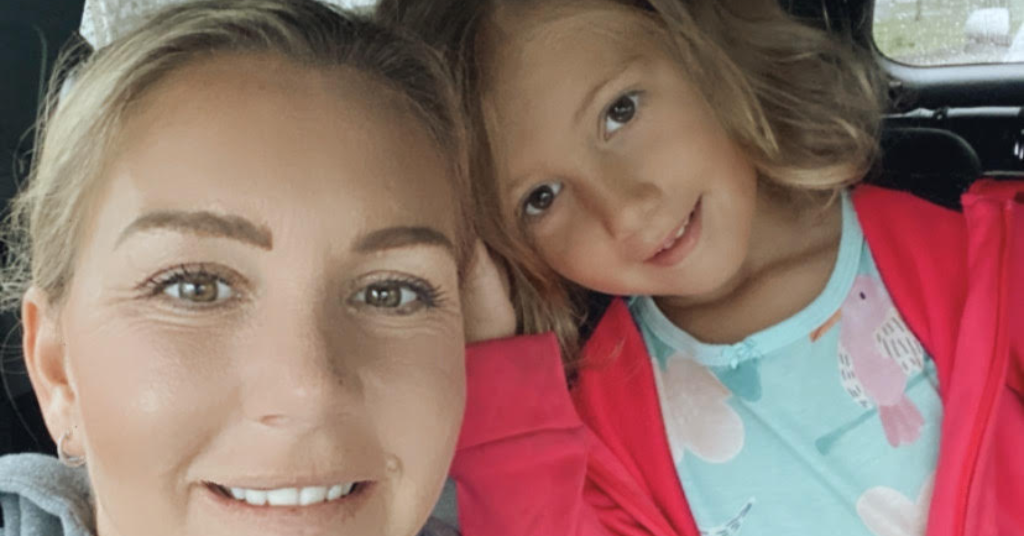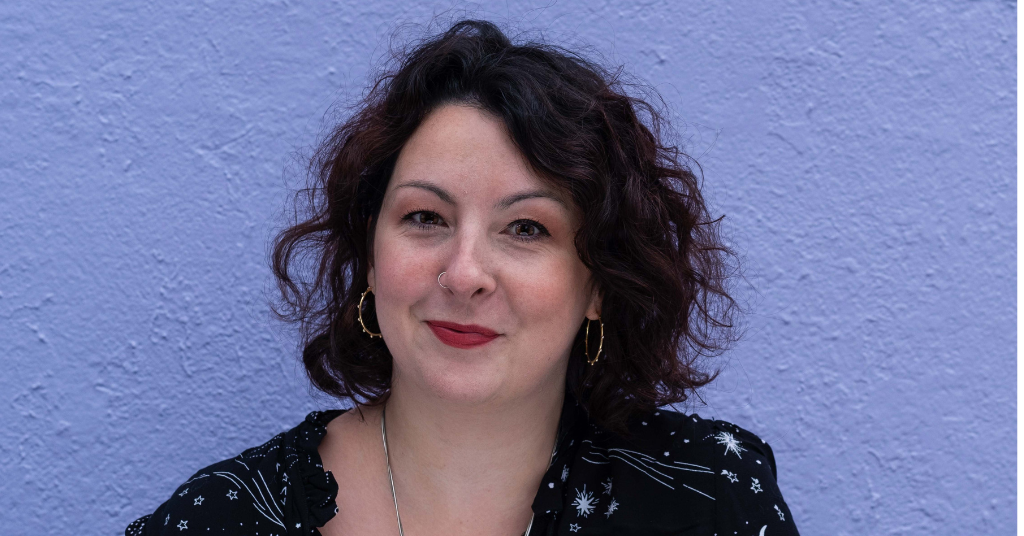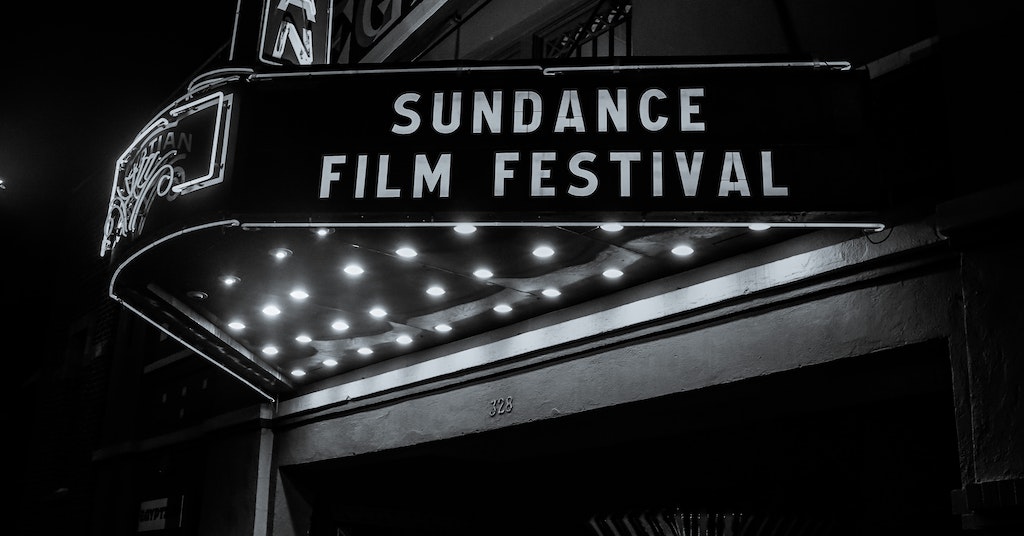
Optimizing the movie theater captioning experience
August 7, 2018
How I communicate in sports with hearing loss
August 13, 2018Deaf and hard of hearing characters in popular fiction

I’m sitting in a school library as I write this – one of those magical havens of peace and quiet that somehow manages to whisper with a weighty presence, something that has the feel of possibility and adventure and freedom.
With a passion for books and storytelling in general, I wanted to explore more of the different deaf and hard of hearing characters in popular fiction. What do their characters mean to our community and what should we expect from characters representing our community?
Deaf and hard of hearing characters in pop culture
Over the past few months, we’ve had the privilege to see a few productions on the screen which celebrate Deaf and hard of hearing culture. “A Silent Child” and “A Quiet Place” are probably the easiest to bring to mind. We’ve also seen the likes of Millie Bobbi-Brown gracing our screens in “Stranger Things”. Nyle DiMarco recently caused a bit of a splash asking for a Deaf actor to play “Hawkeye” from the Marvel franchise at some point.
Read more: Stranger Things’ Millie Bobby Brown joins list of celebrities opening up about hearing loss
I think that this is great, but somewhat small-thinking. Hear me out on this! (Yes, yes, I know – this is one of the few times the pun was NOT intended.) We don’t necessarily need real people to act as characters to be represented or inspired. No, what we really need are compelling characters.
Characters our community can identify with. They struggle, triumph, are mature, are petty, young, old, impetuous and wise- embodying all characteristics that humans carry. In short, characters who are as diverse as we are and allow others to understand the reality of our world.
“…characters who are as diverse as we are and allow others to understand the reality of our world.”
By writing these characters, we have a blank canvas to create people we’d like to aspire to be. Characters who wrestle with the same problems we all face and force us to ponder how we’d deal with situations that we may come across at some point in our lives.
Some of those characters will allow us to build empathy for others. They do this by giving us a glimpse into what it’s like to walk in their shoes. I think these points prove the power of imagination and the incredible reach it gives us as a tool towards thought and understanding.
“Some of those characters will allow us to build empathy for others by giving us a glimpse into what it’s like to walk in their shoes.”
Deaf and hard of hearing characters in literature
I’d like to take a moment to look at a few examples of Deaf and hard of hearing characters who already exist in our literature. To go deeper into how they might inspire us to be something greater than we are. I also want to acknowledge those authors, writers, artists, editors, producers, and actors who have gifted them to us through their imaginations and performances.
“Gaunt’s Ghosts” by Dan Abnett
In Dan Abnett’s “Gaunt’s Ghosts” series, is a science fiction series that takes place in a vast, dark and uncaring universe. The character in power of this universe is the God-Emperor of Mankind. He barely clings to life seated within the arcane mechanism known as the Golden Throne.
Aliens, daemons, and traitors beset the worlds of man. Among it all, the champions of humanity hold back the darkness as best they can. The superhuman soldiers of the Space Marines, the towering war machines of the Titan legions…and the common soldiers of the Imperial Guard.
Colonel-Commissar Ibram Gaunt and his soldiers of the 1 st and Only Tanith regiment find themselves embroiled in the defense of a world known as Verghast the city Vervunhive. Vervunhive is assaulted by a force of millions worshiping the Chaos gods, slaughtering all in their way. This means that everyone lying in their way must fight or die.
Artillery is loud enough to rupture eardrums and deal permanent hearing loss. Many of those who end up fighting to defend their home are completely deafened. They learn a form of sign language in order to communicate.
“Artillery is loud enough to rupture eardrums and deal permanent hearing loss.”
Abnett is particularly good at representing the diversity of humanity in all his works. I’ve just read Ravenor, which features a paraplegic, scarred, utter-wreck-of-a-human-bodied “Inquisitor” and makes him a highly engaging character.
“Tintin” by Herge
Hergé’s “Tintin” also has a hard of hearing character to be found within the pages of some of its stories. The character is Professor Calculus.
Calculus, however, is about as far removed from the courageous exemplars we’ve come across in the “Gaunt’s Ghosts”. He’s most often used as a source of comic relief through his dialogue.
There is one story where he gets a hearing aid and the true intelligence of the man is allowed to come to the fore as he manages a mission into space.
I think there may be a lesson in that, though, actually, rather than an out-and-out stereotype that is essentially an insult. The professor is a highly intelligent man whose brilliance is masked by his disability.
Actually, it’s more specifically masked by his refusal to use hearing aids and find ways to communicate more effectively with the other characters. The others are ignorant of any alternatives to communicate with him. Without proper ways to communicate, we cut off any chance we might have to show what we have to offer the world.
Use whatever means you have available and can countenance to express yourself in the world rather than becoming a stereotypical form of comic relief!
“Girls with Slingshots” and “Dumbing of Age”
The webcomics “Girls With Slingshots” and “Dumbing of Age” also feature Deaf characters, and give a great window into more adult themes.
The former deals with a group of late-twentysomethings struggling to find their place in the world. They are discovering and settling into their careers, forming relationships, struggling with issues left over from their days as students. Generally, they are being inappropriate in ways most readers should be able to identify with.
“Dumbing of Age”, on the other hand, follows a diverse group of college students. Following them comes with all the hijinks that usually comes with, plus a sprinkling of the utterly absurd. Melody and Marcie both offer a window into Deaf culture. Mostly through the use of sign language, but also through picking up on topical issues.
I think the thing I find most interesting in these examples is how they make Deaf culture inclusive. Melody’s sister ensures she isn’t left out and other characters take interest in her. In Marcie’s case, someone hearing has embraced sign language.
Marvel’s “Hawkeye”
The final example I have is Hawkeye from the Marvel universe. Specifically, from the comics. We haven’t seen him as a Deaf/Hard of Hearing character in the cinematic universe at all so far. Hawkeye, like many other Marvel characters, has several discrete story arcs, with the character having been reimagined a number of times.
In several of his arcs, though, the superhero is either deafened in combat with a villain or is born deaf. Spiderman, in some arcs, also has a son who is born deaf-Ben Parker.
This, of course, comes with all the bonuses one might expect from having a superhero who is like the reader. It’s easier to empathize with the character and inspires us to be more than we would otherwise.
Sadly, there are a couple of Deus Ex Machina moments where he’s somehow “healed” in ways that can’t be measured up to in reality (the debate around “needing to be fixed” is another thing entirely!), but hey, we do at least get stories with a strong Deaf superhero!
Do you know other characters who inspire you that aren’t on this list? Please, leave a comment so that I get a chance to read or see their stories!



